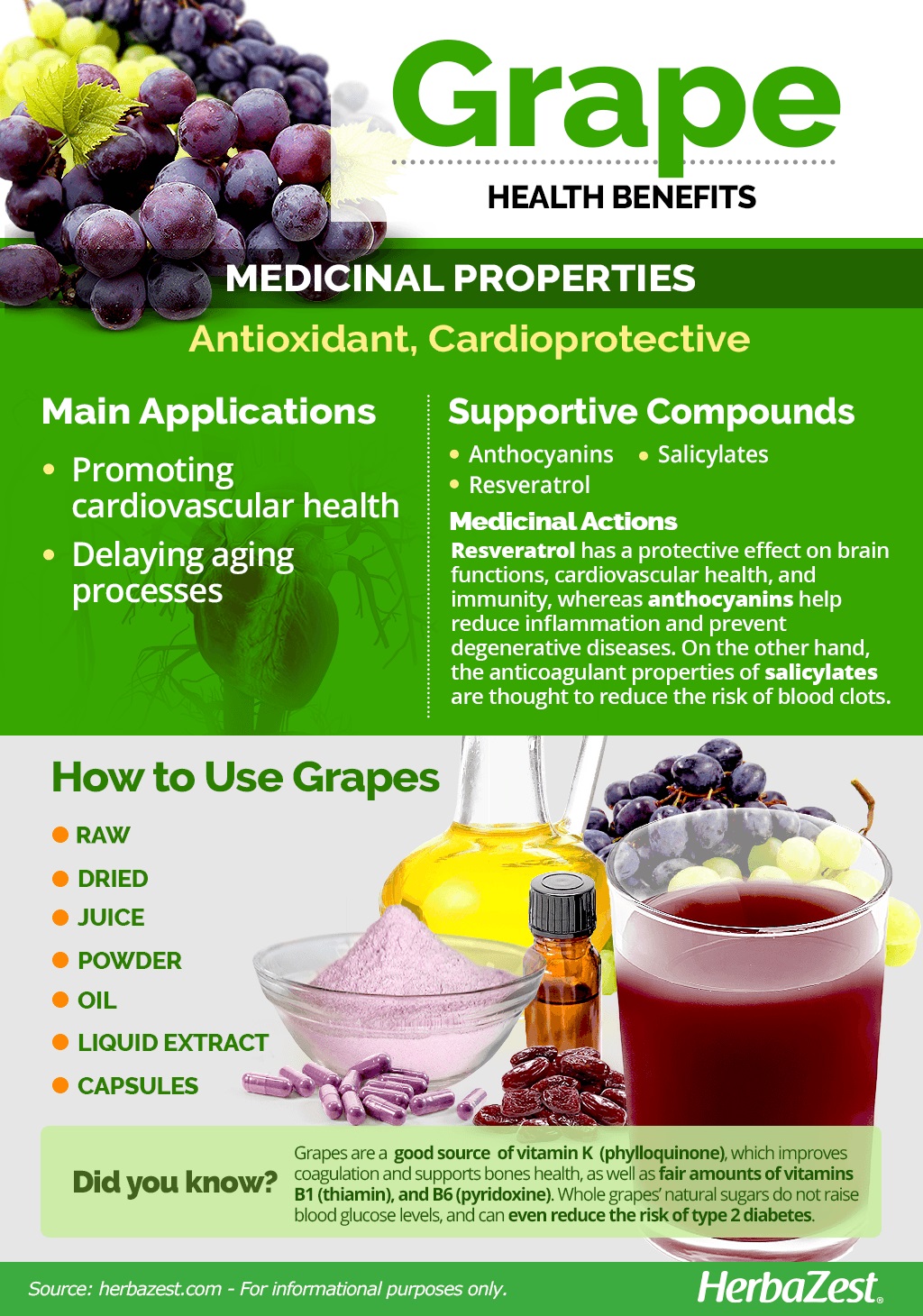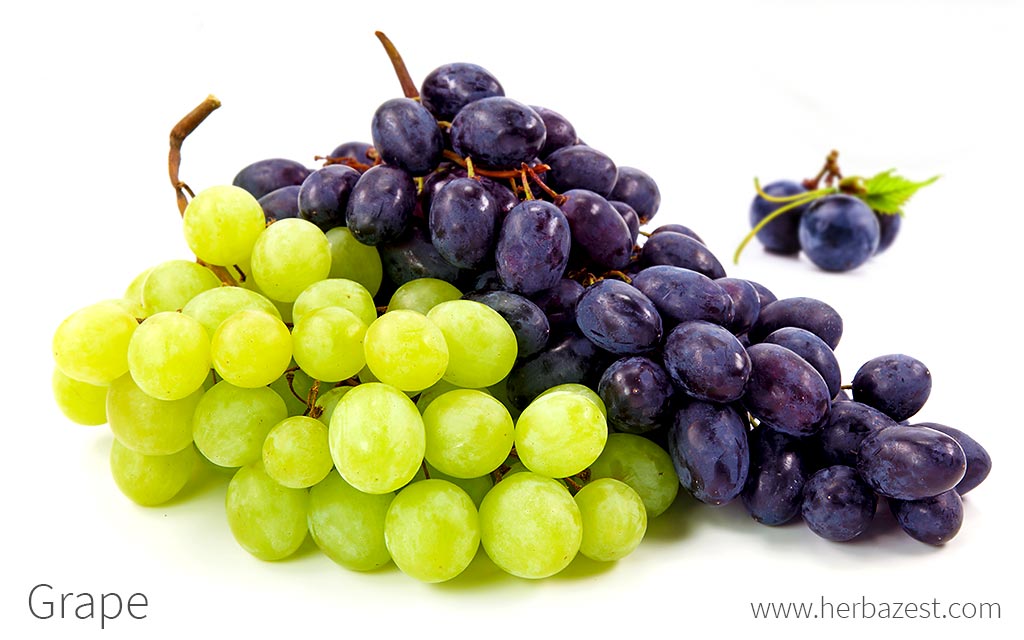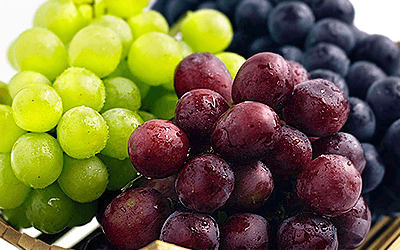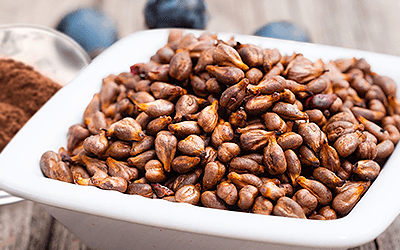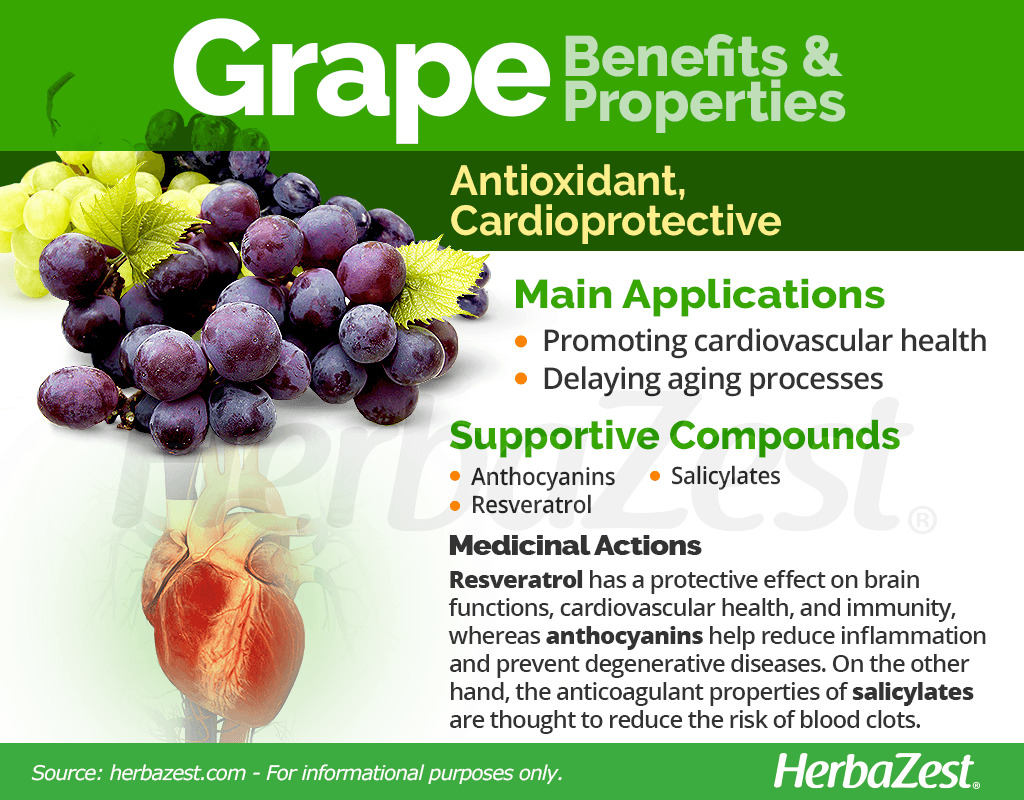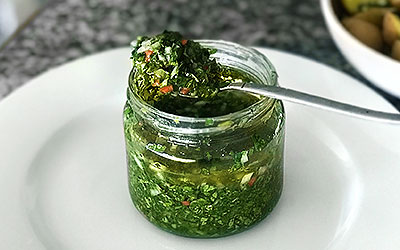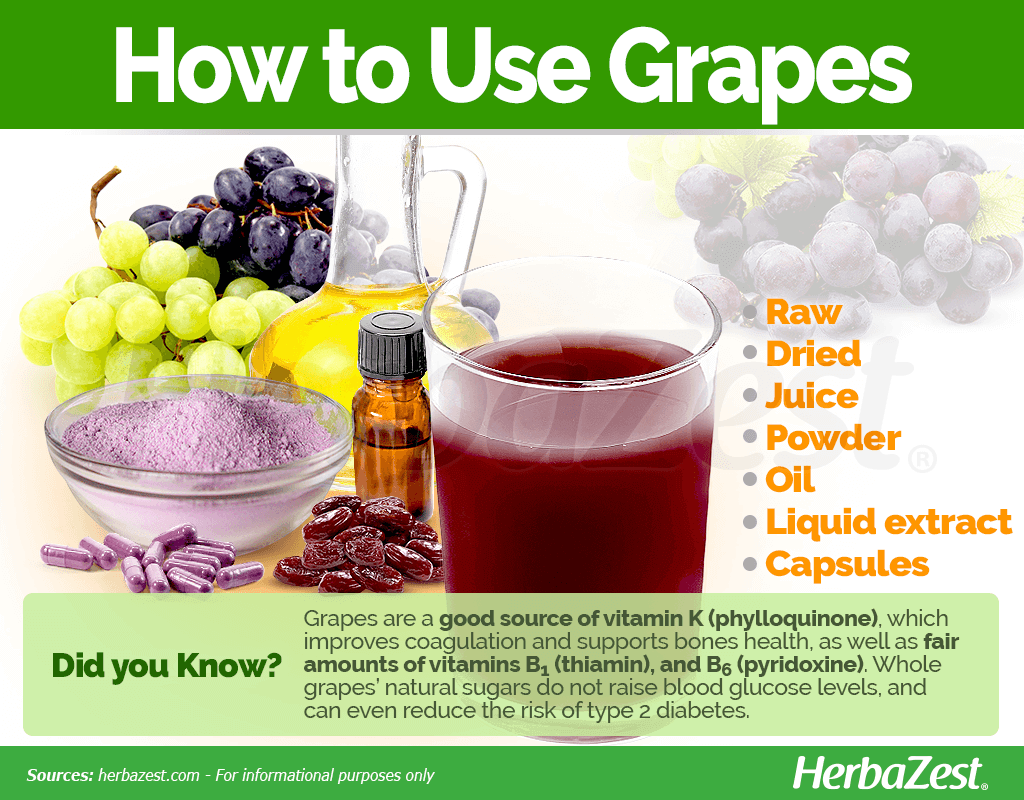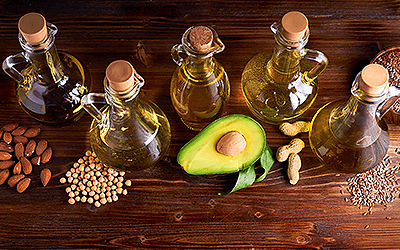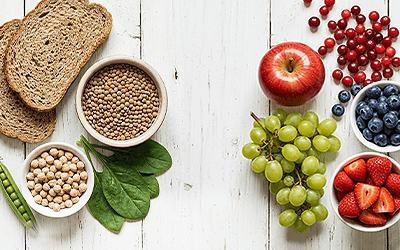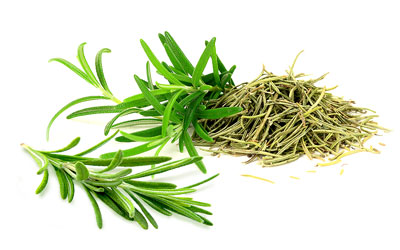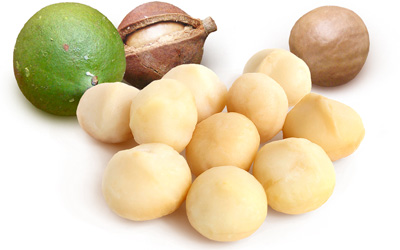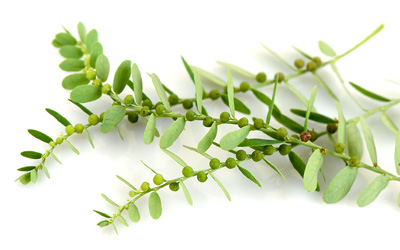The grapevine has been synonymous with healthy Mediterranean living since the dawn of civilization in that fertile region, and its fruit is, arguably, one of the most identifiable in the world. As both a food and beverage, grape has provided incredible nutrition, social glue, and medicinal benefits for even longer, and its modern popularity shows no signs of slowing down.
Grape Medicinal Properties
Health Benefits of Grape
Grape is one of the most used and well-researched medicinal herbs. Thousands of studies have been done on its active compounds, and the various parts of the grapevine plant have been traditionally used for:
Promoting cardiovascular health. Eating the fruit can improve circulation and lower the risk of cardiovascular disease.
Delaying aging processes. This is due to the fruits' resveratol, which is a strong antioxidant.
Additionally, grape leaves have been traditionally used for:
Disinfecting skin wounds. The leaves of the grape vine have anti-inflammatory properties.
Treating diarrhea and digestive infections. The grape leaves work as an astringent and can help stop diarrhea.
Traditional herbal medicine has also makes good use of the grape plant, with European folk traditions employing grapevine sap to cure skin and eye diseases. Its leaves have found use in stopping bleeding, pain, and hemorrhoid's inflammation.
How It Works
Grapes contain several antioxidants, fibrous pectin, and tannins that bind proteins together, and have strong immunoprotective actions.
Resveratrol is a natural compound, found in high amounts in the skin of deep-purple grapes, and it has a protective effect on brain functions, heart health, and the immune system. Due to its proven anti-aging affects, resveratrol is a popular ingredient in skin care products.
Anthocyanins, on the other hand, are tannins that not only give purple grapes their dark hue, but also protect the body from the damage of free radicals, helping reduce inflammation and preventing degenerative diseases.
Grapes also contain salicylates, the same compounds used to make aspirin, which are believed to help reduce the risk of blood clots.
Studies have shown that the juice of dark colored grapes can improve memory and cognitive functions in older adults.
Cardioprotective properties are also present in
hawthorn, olive and sacha inchi, whereas blueberry and cabbage can provide similar antioxidative benefits.
Side Effects of Grapes
The direct consumption of grapes is considered safe, since they are virtually free of side effects. However, as in the case of any other fruit, excessive intake can cause upset stomach and nausea. Grape seed extract, on the other hand, can cause mild side effects in sensitive people, such as headache and throat pain.
Cautions & Interactions
Allergies and other health conditions should be considered before establishing a complementary regimen, since the active components in grapes, when consumed in high concentrations, may interact with certain medications, increasing the risk of bleeding. People who are scheduled for surgery, as well as those who take anticoagulants, such as aspirin, abciximab, enoxaparin, heparin, and warfarin, should avoid consumption of grape seed extract and resveratrol supplements.
- Medicinal action Antioxidant, Cardioprotective
- Key constituents Anthocyanins, resveratrol
- Ways to use Liquid extracts, Food, Juiced
- Medicinal rating (3) Reasonably useful plant
- Safety ranking Safe
Grape Nutrition
Beyond the rich antioxidant content in the skin of purple and red grapes, all grape varieties provide good amounts of vitamin K (phylloquinone), which improves coagulation and supports bones health, as well as adequate amounts of B-complex vitamins, mainly B1 (thiamin), and B6 (pyridoxine).
The nutritional value of grape berries is rounded by small amounts of minerals, such as copper, potassium, and iron, along with vitamins C (ascorbic acid), B2 (rivoflavin) and B3 (niacin).
It is worth to mention that grapes are high in sugar content (about 16 g per cup); however, these are natural sugars that, contrary to popular belief, do not raise blood glucose levels and can even reduce the risk for type 2 diabetes; nevertheless, grapes are better consumed as whole fruits and in moderated amounts.
100 grams of grapes provide 67 calories and about 81 grams of water, as well as 6% and 4% of the daily value for carbohydrates and dietary fiber, respectively.
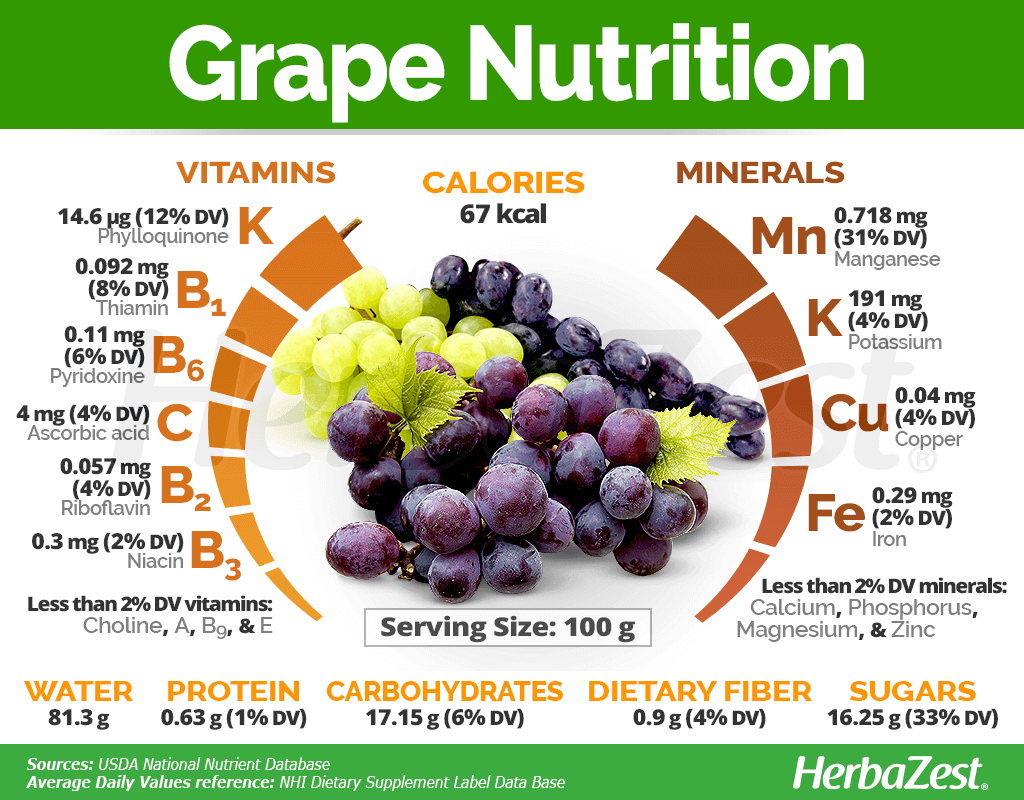
How to Consume Grape
Though boasting other uses, grape is overwhelmingly utilized as food and beverage, eaten raw and dried for centuries before the appearance of processing technology. Grapes are still preferred to eat fresh off the vine, or dried, as raisins. However, there are also medicinal ways to reap their benefits.
In many traditional recipes of Mediterranean and Middle-Eastern cuisine grape vine leaves are commonly steamed and used for appetizers or main dishes.
Natural Forms
Raw. Fresh grape fruits are an excellent source of vitamins and minerals. Many choose grape as a key fruit to add to a healthy diet.
Dried. Better known as raisins, sun-dried grapes are one of the oldest and most popular snacks around the world.
Juiced. As other watery fruits, grapes are perfect to be juiced and made into refreshing beverages. Drinking fresh grape juice is a great way to reap the health benefits of grapes.
Powder. The husks of red grapes, rich in anthocyanins and resveratrol, are dried and powdered to concentrate their antioxidant properties, and can be added to smoothies and juices.
Herbal Remedies & Supplements
- Did you know?
50 mg of resveratrol are equivalent to 4.5 liters of red wine.
Capsules. The resveratrol contained in grape seeds is widely available as easy to swallow capsules and tablets, for a daily antioxidant dose.
Liquid extract. The liquid extract from grape seeds helps relieve inflammation as well as reduce cholesterol levels.
Oil. Obtained by cold pressing grape seeds, Vitis vinifera oil is growing increasingly in demand, as information spreads about its health benefits.
Vitis vinifera oil is becoming a popular option for salad dressings.
- Edible parts Fruit
- Edible uses Flavoring, Coloring, Sweetener
- Taste Sweet
Growing
Temperate climates with marked seasons are essential to successful grapevine cultivation, with warm summers and dry, cold winters.
Growing Guidelines
Though soil quality is less important, sandy soils are preferred to maximize yields.
Grape plants need to be exposed to cold temperatures in order to stimulate a dormancy period without which blooming will not occur.
Some varieties of grape may be grown in warmer regions if irrigation is cut off after each harvest in order to "stress" the plant and cause it to go dormant without cold exposure.
The grapevine requires rainfall of at least 20 inches (500 mm) per year and relative protection from the wind.
- Life cycle Perennial
- Harvested parts Leaves, Fruit
- Light requirements Full sun
- Soil Loamy sand
- Soil pH 6.1 – 6.5 (Slightly acidic), 6.6 – 7.3 (Neutral), 7.4 – 7.8 (Slightly alkaline)
- Growing habitat Temperate climates
- USDA Plant Hardiness Zones 3a, 3b
- Plant spacing average 3 m (9.84 ft)
- Propagation techniques Cuttings
- Potential insect pests Phylloxera
- Potential diseases Mildew
Additional Information
Plant Biology
Also known as 'common grape', the grape plant is a perennial, woody climbing vine that can grow up to 115 feet (35 m) long in the wild, but when cultivated it is usually reduced by annual pruning to 3-10 feet (1-3 m). Its leaves are thin, circular to oval shaped and two to nine inches (5-23 cm) broad. If forms dense clusters of inconspicuous, white greenish to red flowers. The berries of this vine, widely known as grapes, grow in large clusters and are round shaped. Depending on the variety, their color can be green, yellow, red, or purplish-black.
Classification
The grapevine (Vitis vinifera) belongs to the Vitidaceae family, which encompasses about 17 genera and 1000 species, most of them tropical or subtropical climbing plants.
The Vitis genus contains over 60 species distributed across the world, but particularly in America and Asia, and it is the only one in the Vitidaceae family that produces edible berries.
Varieties and Cultivars of Grape
The Vitis genus ncludes several cultivated grapes of economical importance, such as Vitis vinifera spp. vinifera (the European wine grape) and Vitis labruscana or fox grape (native to the eastern United States).
Over 572 varieties and 2,275 cultivars of grapes have been officially registered in 2017 only in North America. However, the dominant variety of table (fresh) grape in the U.S. since the 19th century has been the 'Thompson Seedless', which is also used for raisin production. Other popular grapes are 'Red Globe' and 'Emperor'.
Historical Information
Foragers and early farmers have harvested grapes of wild vines since Neolithic times, and records of wine storage date back as far as 7,000 years ago to the Sumerian civilization, now present-day Iran.
Historians place first grapevine cultivation and distribution between 3500 - 3000 BCE in southern central Europe. The practice soon found its way to ancient Greece, where the plant's fruit was frequently fermented into wine for religious as well as social occasions. From there, winemaking became popular with Etruscan and later Roman societies. Middle Eastern cultures also favored the grape until the 7th century CE, when Islam became the religious majority, though wine still plays a key role in Christian traditional ceremonies. European colonization spread its growth even further, and today, it contributes to every major agricultural economy.
Economic Data
Grape has been a fundamental economic crop for thousands of years, and it continues to fuel industry across the globe. Over 69 million tons of grapes were harvested worldwide in 2011, with wine production alone generating an estimated value of $33 billion USD. France, Italy, and Spain lead the European market, and the United States follows closely behind, also benefiting from the commercially popular fruit juice industry. Curiously, however, China produces the largest quantity of grapes per year at 9 million tons, despite a weaker cultural link to the fruit.
GRAPE HAS PROVEN SO IMPORTANT IN AGRICULTURE THAT THE IMAGE OF THE PLANT APPEARS ON THE BACK OF SOME CROATIAN COINS.
Other Uses
Personal care. Due to its antioxidant and anti-aging properties, the resveratrol extracted from the grapes is used in creams and lotions for skin care.
Mouthwash. Grape juice has been endorsed as a mouthwash and teeth whitener since the 17th century.
Beverage cooling. Fresh grapes are sometimes also frozen as substitutes for ice cubes, chilling wine without danger of dilution.
- Other uses Alcohol
Sources
- Australian Government, Western Australia department of agriculture and food: About wine grape growing
- Food Authentication Using Bioorganic Molecules, p. 361
- Prescription for Dietary Wellness, p. 64
- Purdue University, Vitis vinifera
- The Chemistry and Biology of Winemaking, p. 65
- The Essential Herb-Drug-Vitamin Interaction Guide, p. 260
- University of California, Davis, Foundation Plant Services, Grapes | Commodity Profile: Table Grapes
- Encyclopedia of Herbal Medicine, p. 283
- FAOSTAT, Grape imports report (per country)
- MedlinePlus Herbs and Supplements, Antioxidants
- NCCAM Herbs at a Glance, Grape seed extract: science and safety
- USDA Nutrient Database, Nutrient report 09131: Grapes, American type (slip skin) raw
- Journal of Medicinal Food, Polyphenolics in grape seeds-biochemistry and functionality, 2003
- Medicinal Plants of the World, page 344
